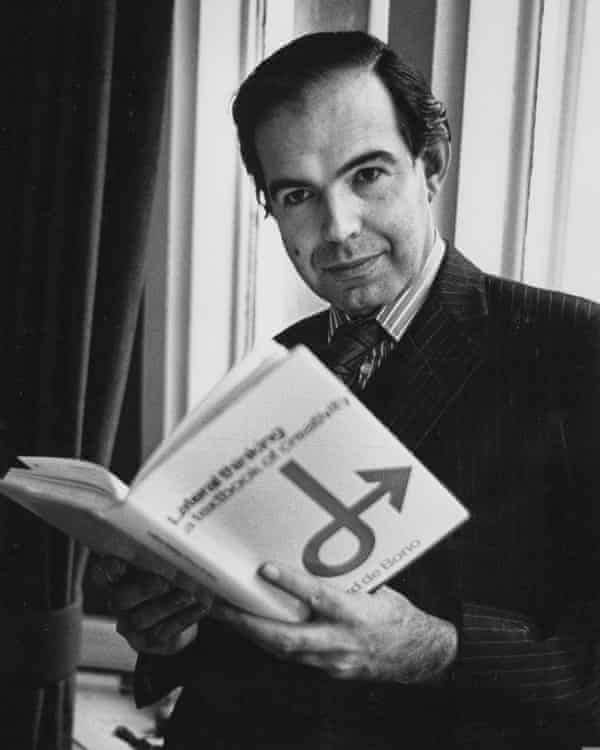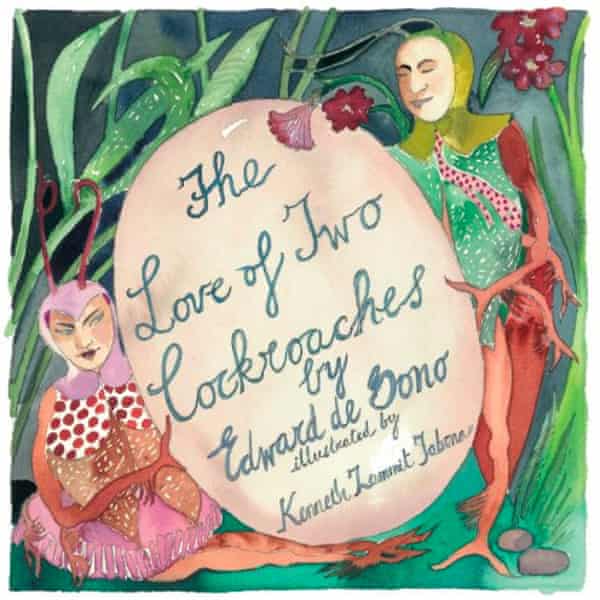
Edward de Bono, the late philosopher, author and bestselling mental strategist, was famous for solving problems in an unconventional manner. Indeed, he actually invented the term lateral thinking in 1967.
But the publication of De Bono’s final work, his last will and testament, has posed several unexpected questions that might test even the most creative mind.
De Bono, who was always assumed to have been a very wealthy man due to the success of his self-help empire and international network of courses, in fact appears to have died last summer in his native Malta at the age of 88 with much less money than expected – only a few thousand pounds – at his disposal.
The author of 68 books had also taken time to ask his lawyers to make sure that his former co-author Daniela Bartoli, a philosophy student and for a decade the chief executive of his foundation, would not benefit in any way from his estate.
When his will was released last month, it was revealed that De Bono’s estate had just £11,900 in it. Despite regularly being referred to as a one-man global industry and having institutions and foundations set up under his name, the philosopher’s personal fortune appears to have been a myth.

De Bono, who was born in Floriana, Malta in 1933, was nicknamed “Genius” at school, skipping two academic years, and in his youth won a Rhodes scholarship to study for a master’s degree in psychology and physiology at Christ Church, Oxford. In midlife his genius seemed to be as much for marketing as for his counterintuitive theories.
He retired to his family home in the Maltese town of Rabat after a prolific writing career. His best-known works are The Use of Lateral Thinking, Parallel Thinking, Six Thinking Hats and Six Action Shoes.
Among his more eccentric theories was the idea that Marmite, that infamously divisive substance, could be used to solve the Middle East conflict. He believed the antagonism between Arabs and Israelis could be solved by the pots of spread because people in the region customarily eat unleavened bread, without zinc, and so are irritable and belligerent. De Bono reasoned that eating yeast extract might achieve peace.
“Mine is a rare, undocumented and unlabelled profession,” he once said. “Bookshops always have difficulty with my books because they don’t know whether to put me under humour, business, philosophy or psychology.”
One of his most idiosyncratic books, The Love of Two Cockroaches, was his first and only literary approach to questions of love and lust. The book, written in 2009 with Bartoli, was an allegorical tale in the form of a conversation between “two ordinary cockroaches”, Mitsa and Matok. The suggestion was that even something as unlovely as these insects can be capable of emotional attachment and attraction. “Nobody seems to like cockroaches,” the book begins. “They scurry about their lives doing no harm to anyone but are universally disliked and killed on sight.” When this illustrated volume, for “mature children”, was launched a book signing at a hotel in Malta in February 2010, art critics and academics made speeches in praise of the collaboration. Yet, 12 years on, it is clear that there was a parting of ways.

De Bono added a clause to his will “expressly excluding” Bartoli from benefiting from his estate “in any manner whatsoever”. Bartoli now lives and works in Paris, according to her business profile, which says she worked as De Bono’s executive assistant for 14 years. The Observer was unable to reach her.
De Bono’s will shows he had intended to make a retirement gift of £40,000 to his former personal assistant, Patricia “Paddy” Hills, made on condition that Hills agreed she had no other claim on his estate and fully complies with his executors, and presumably on the basis that in 2018, when he drew it up, he believed his estate would be able to afford it.
“She is very good and I look upon her as my general manager,” De Bono was quoted as saying. “She does not type letters, which I do myself, but she organises meetings and is constantly on the phone, making sure that I am at the right place at the right time. She is calm and low key. If she were not, my life would be even more frenetic.”
Hills herself said she was constantly on call. “My mobile phone and paperwork go with me, even on holidays and weekends. This is definitely not a nine-to-five job and the days just blend in, but I enjoy it and I am glad to have provided the continuity.”
In the light of the gift to Hills, there is ambiguity about what De Bono’s various legatees may actually receive.
Further surprises in the will include the identity of his children. De Bono, who married Josephine Hall White in 1971, was thought to have had two children, but his will names four. The document leaves his limited remaining estate to be shared between his sons Caspar and Charles de Bono, and another son, Edward Szekely, also known as Edward de Bono, the son of Magdalena Szekely, and with a daughter, Juliana Pars. This daughter, now living in London and studying at Cambridge University, is named as the daughter of Donna Pars.
The will adds to the mysteries of the author’s life, something once hinted at by Hills. She warned Piers Dudgeon, her employer’s biographer: “hat you are going to find through your research is a great sense of warmth from various people, and energy, but they are not going to be able to hold the butterfly for you or pin things down. When you try to get a neat order around him you won’t be able to.”